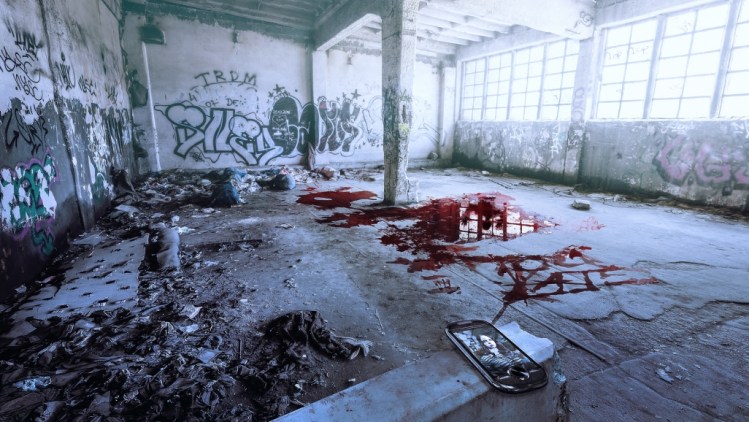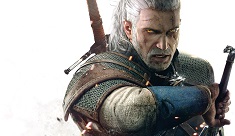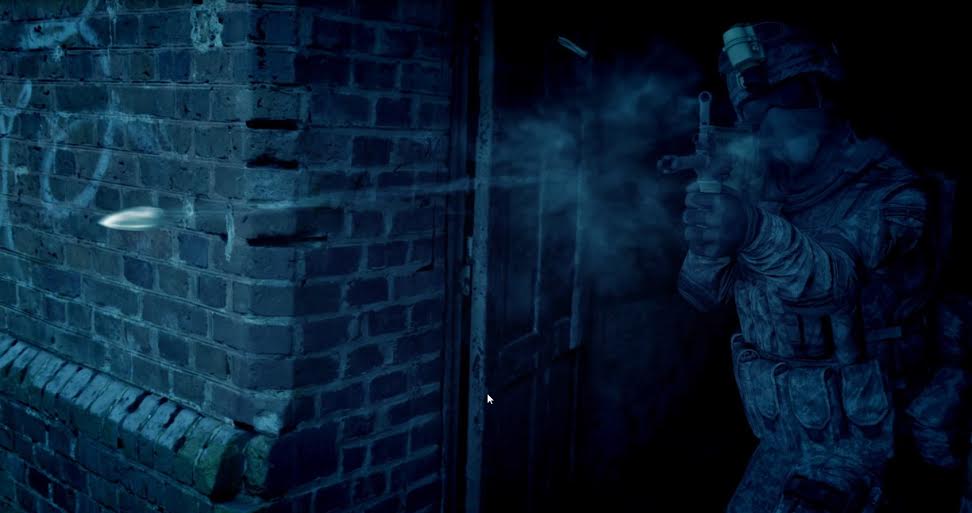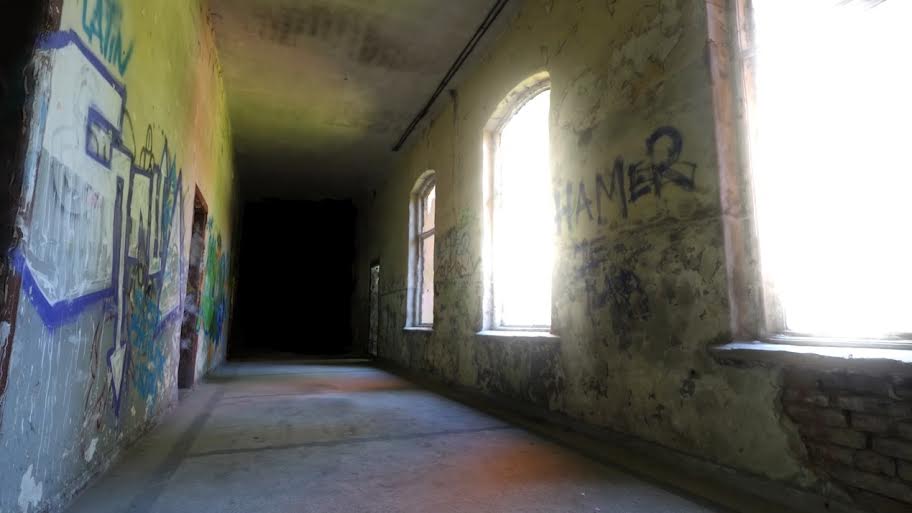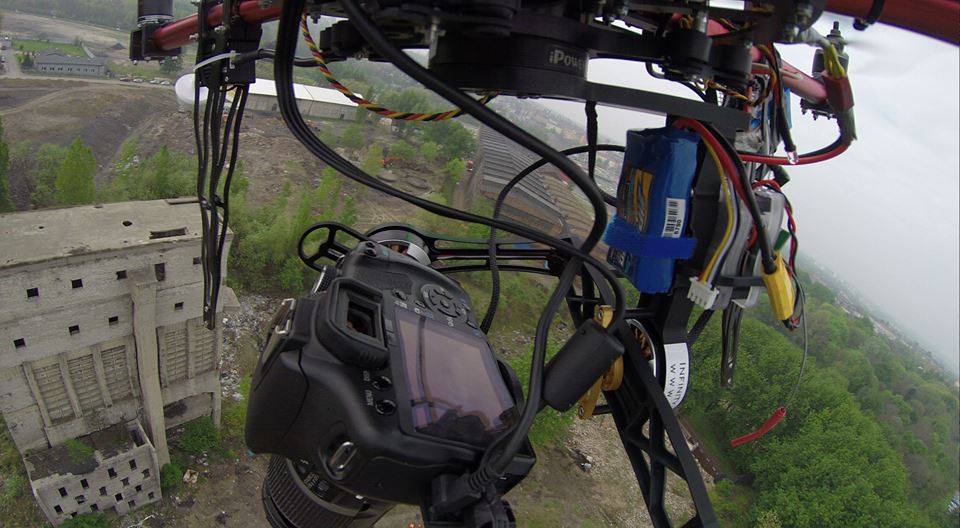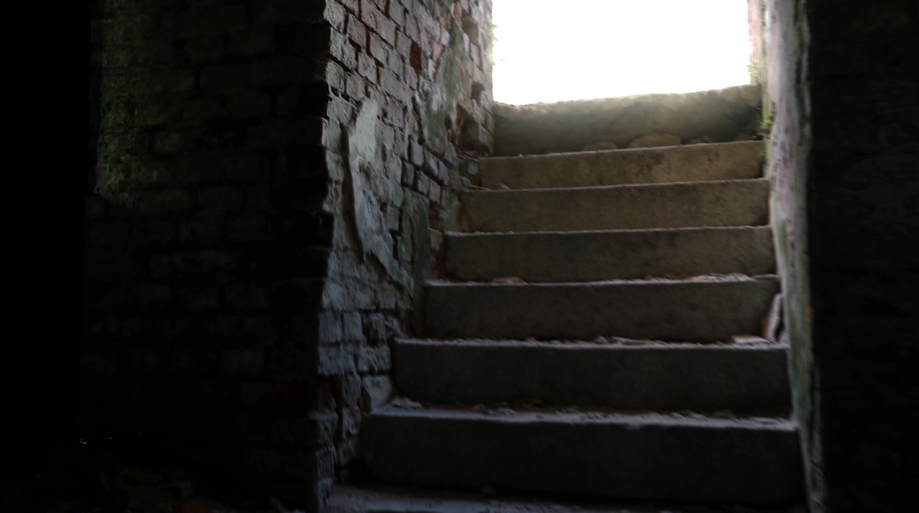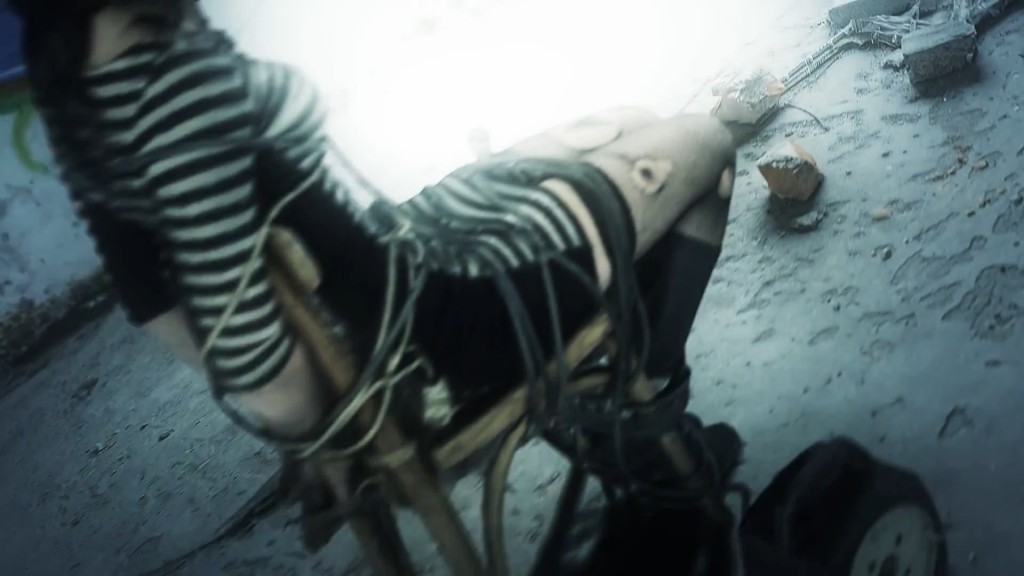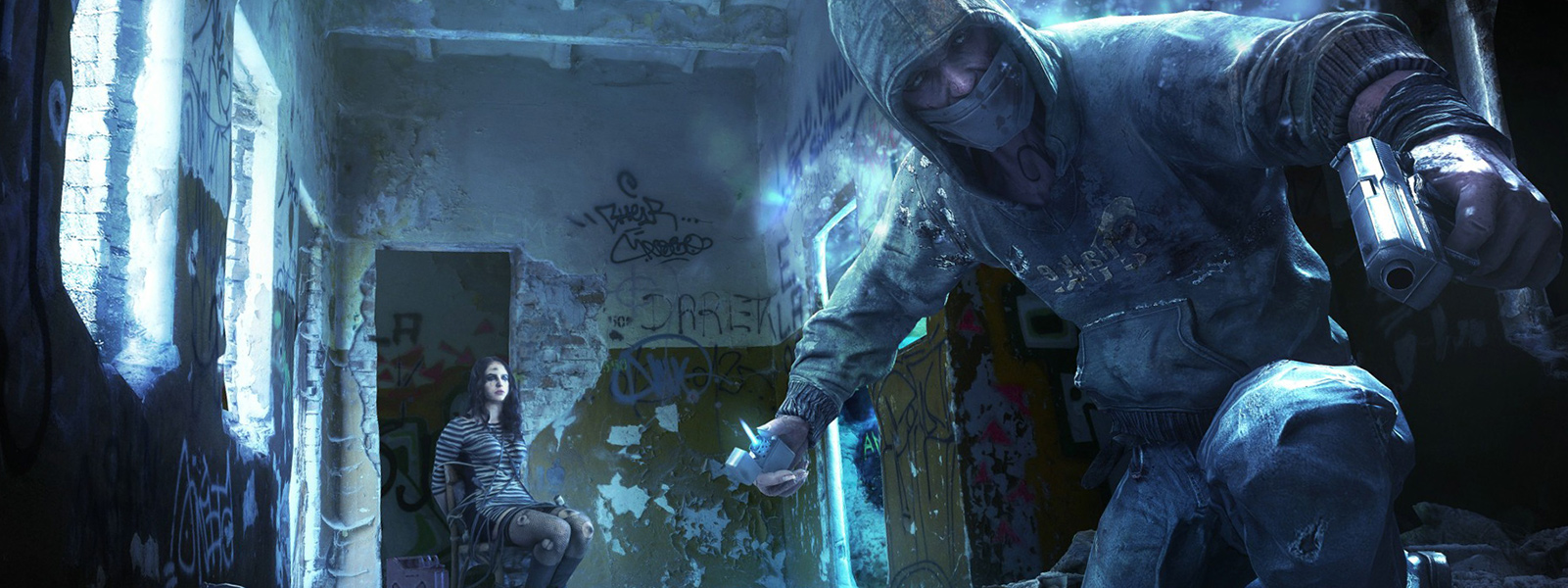The video game industry in Poland is fast becoming one of the most respected and prolific in Europe. GamesBeat spent a week visiting some of the game development and film studios making a worldwide name for themselves. You can read the stories that came out of our visit here, including our in-depth look at the growth of the gaming industry. The Polish government paid for Daniel Crawley’s trip. Our coverage remains objective.
The Farm 51 turned heads with its stunning Get Even trailer at the start of the year. It showcased the Polish studio’s use of 3D scanning technology to create complete, ultrarealistic in-game environments for its upcoming first-person action game.
But Wojciech Pazdur, the director of development at the game studio from Gliwice, a small town outside Krakow, knows that tech alone can’t sell his game.
Luckily, Get Even — heading to PlayStation 4, Xbox One, and PC, but with no word on a release date — offers more than just a pretty trailer. It’s about shifting realities that will keep players guessing whether they’re playing against human or A.I. opponents, and Pazdur believes that its unique approach to storytelling is actually its killer hook.
Blurring reality
I sat down with Pazdur in a meeting room at the Holiday Inn in Krakow. Luckily, he was far more engaging than our surroundings. “We don’t want to chase the big gaming industry triple-A titles,” he told me. “We don’t want to compete with them. The first-person shooter market is simply too overcrowded to try to go into with mainstream projects.”
Instead, The Farm 51 is taking Get Even in a more intimate direction, albeit one that puts a gun in your hand for around half the game. “There are certain moments when you’re the action hero,” said Pazdur, “but you won’t always have access to guns.”
“It’s a first-person action game,” he explained. “But it’s more in a setting of horror or serious science fiction. The title means to settle the score. It’s about two guys who want to get even on each other. This is why we have two stories, two heroes, and a very personal drama between them. It’s not an epic story in any way. It’s a story about humans.”
Or, to be precise, it’s about human memories.
Pazdur’s inspiration for the game was The Butterfly Effect, the 2004 movie that explored the idea of reliving events, changing small details, and the dramatic repercussions of those changes. He references the film many times during our chat, and it’s clear that it had a big impact on Get Even’s development.
“What are the borders of reality?” asked Pazdur. “Is the world we are living in now truly real? Or maybe it’s just our memory or subconscious?”
He showed me a moment when a character is shot. It looked like a cutscene, but Pazdur explained that it’s a memory that the player can explore. “You can enter this memory and try to change the course of events,” he said. “To save this guy. Then, at some level of consciousness, it becomes reality.”
Multiplayer with a twist
The two stories Pazdur mentions are opposite ends of the same campaign. Players can tackle Get Even from the perspectives of both its main characters, and at times, they’ll find themselves confronting human opponents instead of A.I.-controlled enemies.
“We don’t want to separate the game into multiplayer and single player,” said Pazdur. “We want to have two campaigns, two stories, that can interact with each other. When you are playing one of the campaigns, you are meeting the players who are playing the other campaign.”
This innovative take on multiplayer is intriguing, and I asked Pazdur how it’s been working out in testing.
“For the first time, it’s completely crazy,” he said. “People still see it as the single player game.
“In single-player, when you enter the room, everything is the same. Here, when you enter the room, everything can be different. For example, some of the guys might hide themselves in the corner, knowing that you’ll be going this way and shoot you in the back.”
Pazdur obviously isn’t impressed by the state of A.I. in modern first-person shooters, and I can’t say I disagree with him. So many games just throw extra waves of enemies at you to increase the difficulty levels, but this is often just a smokescreen for lackluster A.I.
“After 10 minutes of playing any first-person shooter, you know exactly what the behavior of your enemies will be,” he said. “We wanted to create something that will be more twisted and crazy.”
While Get Even’s subtle multiplayer feature doesn’t have kill streaks or leaderboards, Pazdur is more than happy with that. He’s tired of having to split his already small team in two to make a multiplayer mode that seems almost obligatory these days. And, again, he doesn’t want to compete with the countless triple-A games that are already out there doing that.
Scanning the world
Scanning technology is nothing new, and you can see scanned objects in many current games, but the level of detail that The Farm 51 is pushing into Get Even from its 3D and laser-scanning equipment is unprecedented. It’s a cost-effective and time-effective way for a small team to create a great-looking game, but it relies on having access to interesting real-world locations to scan and drones to help do the job.
Pazdur showed me a “fly through” of a Get Even level not yet shown publicly, set in an abandoned mental hospital. It looked incredible, and it was only made possible by two weeks of scanning by a team in a real-world location, along with some serious computer hardware.
“We get custom-made computers,” said Pazdur. “We have PCs that have 1TB RAM because some of the source models can’t be opened otherwise in any program.”
Surprisingly, The Farm 51 is using off-the-shelf software to work with the scans and build these huge, detailed, in-game environments. But it has created custom tools within programs like Maya and Photoscan to make this work. “The software is not unique, but it’s heavily customized,” said Pazdur.
“What is specific about our approach is we have found pipelines, tools and skills to effectively rework this messy amount of data that, in the past, was not possible to be used in a real-time environment,” he said.
The compressed output from the image-processing will run on regular computers or current-generation consoles. “But not on PlayStation 3 or Xbox 360, because they were too weak.”
And will these huge, detailed levels fit on a Blu-ray? “Yes, we need to,” he laughed. “One way or another, we need to.”
The Owińska Psychiatric Hospital
Around 200 miles north of The Farm 51’s Gliwice studio is an abandoned psychiatric hospital. Opened in 1838, it was home to over 1,000 patients by the time the World War II broke out in 1939. The German army took over the hospital, taking many of the patients out into the woods and shooting them, burying their bodies in 28 mass graves. Those who remained ended up in concentration camps, where many of them died in Nazi gas chambers.
The hospital has been abandoned completely since 1994, and it is due to be demolished soon. But The Farm 51 has already preserved its image by spending two weeks scanning every inch of the place. It will form one level of Get Even, but it won’t be known as Owińska.
Amazingly, it wasn’t the only abandoned hospital that the team looked at. “Yes, there are 10 or even more [like it in Poland],” said Pazdur. “It was the fifth or sixth one we visited. We needed, for example, a couple of buildings, certain room structures, and so on. We visited plenty of places before going for this one.”
For Pazdur’s team, it was an unusual, and eerie, experience. “For many of them, it was crazy as hell,” he said. “For me, it was great fun to visit this place because it’s really creepy.”
I asked if he experienced anything unusual while walking the abandoned halls. “I didn’t meet anything unexplained,” he said, “but I can say the feeling I got there was very terrifying.”
You can see a walkthrough of the actual hospital in the video below. It wasn’t shot by The Farm 51.
The importance of storytelling
Speaking to Pazdur at length, it becomes clear that, while he’s embracing the new tech that his company is using, what he’s really passionate about is delivering a strong story in Get Even. He’s constantly referencing TV series and movies, and he’s keen to discuss how The Farm 51 is building a narrative he’s proud of.
He admits that while interesting tech is great way to help sell a game, particularly for a smaller developer, story is what can make it great: “For me, it’s much more important than all this tech side. Tech is the way to make this game good-looking, to promote the game, to make players interested.”
“We’ve got a very good writer on board,” he said. “He’s a guy in L.A. who writes for TV series’ and for huge video games.”
Pazdur gave me some insight into one of the game’s two main characters. “If you know the TV series Dexter — this is the guy who normally has two lives. He is doing some dirty things undercover, doing some secret investigations, messing with the evidence to frame somebody. Not a very nice guy.
“He did some harm to many people and one of them wants to get even with him by creating some sophisticated way of torturing him.”
This torture plays out by forcing him to relive old memories. “The most similar concept would be the Oldboy movie or the Saw movie. Not for the gore element, but for the teaching element. You are being imprisoned — you need to know what you did wrong.
“Everybody has some things in life that they regret, that they’ve done wrong, but you cannot change them. We are telling the story of what would happen if you could move back in time to things you remember and do them in a different way.
“At a simple level it appears to be a fight for revenge, but at a higher level it is a fight for redemption. Fixing the things that we’ve done wrong.”
Reaching worldwide
I asked Pazdur if he had a publisher lined up for Get Even. He said he had, but he wouldn’t tell me which one.
“We have had a lot of interest from the biggest players, actually — like Activision, Sony, and so on. However, we have decided to go for a huge but a little bit more specific publisher. It’s one of the biggest players on the market.”
Pazjur is happy with the size of his team at The Farm 51. With 50 staff on board, he’s confident they can pull off what is The Farm 51’s most ambitious project to date, and its first game for virtual reality devices.
“We want to create this game also for VR systems — Oculus and Morpheus. We are already using them,” he said, explaining that there will be a separate build of the game for VR, slowing everything down to accommodate the tech and help stop motion sickness.
“We don’t want to create an epic game,” he reaffirmed, before our meeting came to a close. “We don’t want to create a game when killing the enemy is an event. Not killing 100 or 200 enemies. We have areas when you have just one enemy or two enemies, but they can be very hard because they can be human.”
“You need to be very slow. You need to be very careful about the way you are playing.”
It sounds a million miles from a conventional first-person shooter, and a darn sight more interesting.
VentureBeat's mission is to be a digital town square for technical decision-makers to gain knowledge about transformative enterprise technology and transact. Learn More
